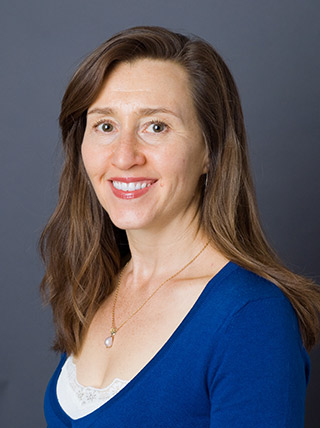New Study Finds Preventing Youth Depression Is Cost-Effective
Stories - Feb 25 2019

By Jill Pope, Senior Technical Writer/Editor
A new paper by Frances Lynch, PhD, Senior Investigator at the Kaiser Permanente Center for Health Research, found that a program to prevent depression among at-risk adolescents is cost-effective.
Depression among adolescents can lead to a series of negative outcomes just as young people are getting started in life, such as substance abuse, teen pregnancy, and suicide. But teen depression can be prevented. Despite this fact, few depression prevention programs are available to adolescents. That may be because health insurance has not traditionally covered prevention services. It may also be because policy makers have lacked good information on how much depression prevention programs cost.
 Frances Lynch
Frances Lynch
To fill that gap, Dr. Frances Lynch (right), a Senior Investigator at the Kaiser Permanente Center for Health Research, and her colleagues estimated costs for a youth depression prevention program in a new study published in Psychiatric Services. Using data from a multi-site randomized clinical trial that found that a cognitive-behavioral prevention (CBP) program was effective in preventing depression, the new study examined whether the program was also cost-effective.
How much does it cost to prevent depression?
The CBP program cost $591 per teen to deliver. But adolescents who received CBP, ranging from 13-17, had significantly more depression-free days and quality-adjusted life years after the program than adolescents in usual care. Guidelines from public health experts suggest that health care treatments that cost $25,000 per quality-adjusted life year (QALY) or less are cost effective. The CBP program was cost effective, with a cost of $24,558 per QALY after 9 months and $12,787 per QALY after two years. The cost per QALY went down over time because the youth who received CBP remained better over time, while those who did not get the program often experienced significant depression.
The study also tried to understand which teens did best in CBP. When adolescents were grouped by whether they had a parent who was depressed when the study began, researchers found the CBP program was most cost-effective for youths whose parents were not depressed. Youth whose parents were depressed didn’t get significantly better after CBP.
One implication of that finding that Dr. Lynch feels strongly about is that parents who are depressed should consider getting treatment. “I hope that we get providers to start sending the message to depressed parents that taking care of your own mental health IS taking care of your kids’ health,” she emphasized. “Taking care of yourself matters and it could make a difference for your kids. It’s not self-indulgent. Without getting your own depression under control, your kids could struggle.” For those teens whose parents are depressed, health systems could offer the parent and child services sequentially, or offer the family services together, she suggested.
When asked why more depression prevention programs aren’t offered, Dr. Lynch said that health system leaders need to make depression prevention a priority. “Some of it is a mindset,” she said. “Colonoscopy is expensive. But we still do it. It’s a matter of systems prioritizing paying for it. Mental health providers understand the value of depression prevention very well. Health system leaders need to make prevention a priority.” She added that programs like this one need time to be cost-effective. “Something like this requires resources up front. A lot of times leaders are looking for cost savings over a 1-2 year time frame, and the time frame for the cost-savings may take place over a longer period.”
To identify young people who might benefit from such a program, Dr. Lynch suggests that “here at Kaiser Permanente Northwest, we can use the electronic medical record to identify those who are at risk and can reach out these families and offer prevention services. We could begin with parents who are being treated for depression and could ask them if they would like to get help for a child who may be at risk. I’d love to see a health system consider testing this program out on a population level.”